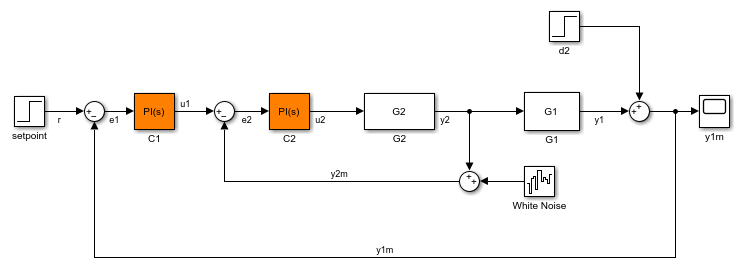getBlockRateConversion
Get rate conversion settings for tuned block in slTuner interface
Syntax
Description
When you use systune with Simulink®,
tuning is performed at the sampling rate specified by the Ts property
of the slTuner interface. When you use writeBlockValue to
write tuned parameters back to the Simulink model, each tuned
block value is automatically converted from the sample time used for
tuning, to the sample time of the Simulink block. The rate conversion
method associated with each tuned block specifies how this resampling
operation should be performed. Use getBlockRateConversion to
query the block conversion rate and use setBlockRateConversion to
modify it.
method = getBlockRateConversion(st,blk)blk.
Examples
Input Arguments
Output Arguments
More About
Version History
Introduced in R2014a
